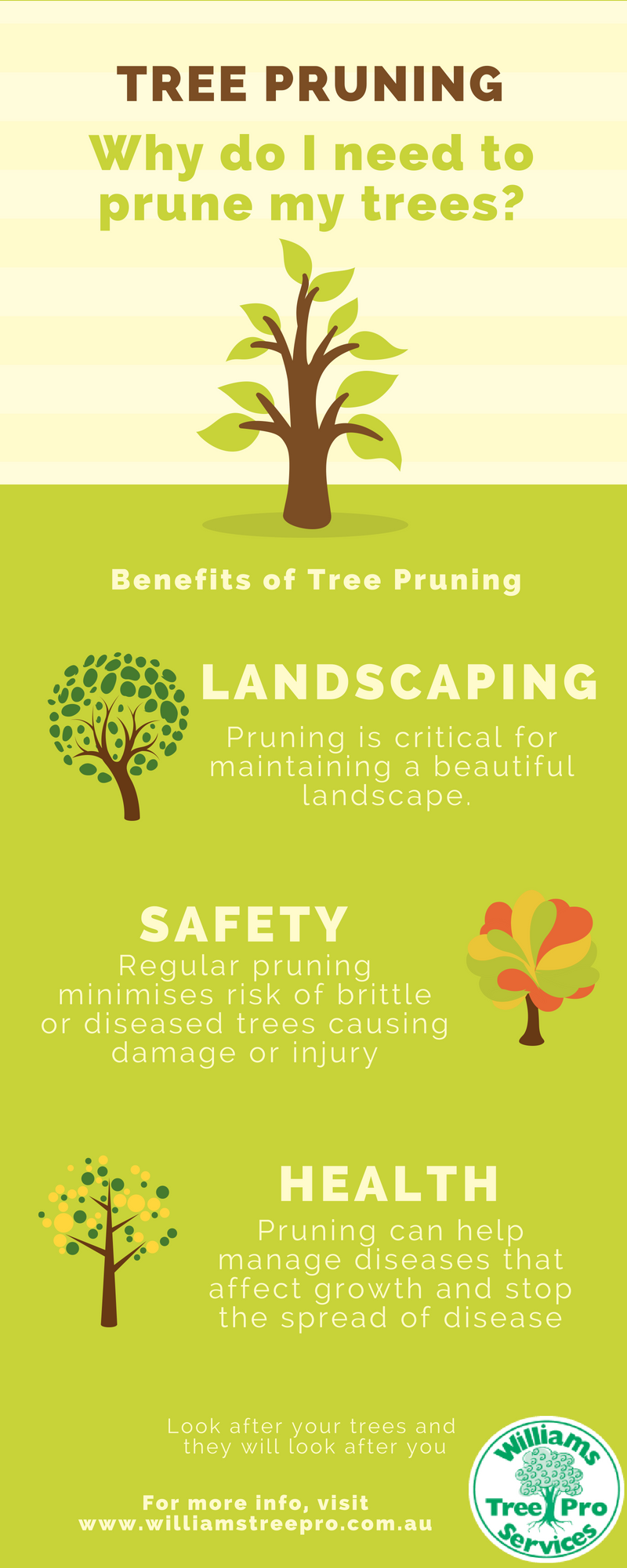Treatment After Tree Elimination: Effective Ways To Rejuvenate Your Landscape
Treatment After Tree Elimination: Effective Ways To Rejuvenate Your Landscape
Blog Article
Article By-Nunez McKinnon
After a tree's elimination, your landscape might look fairly different, and it's vital to analyze the after-effects carefully. You'll intend to review the soil disruption and examine surrounding plants for any signs of tension. Overlooking Large Tree Removal Service Near Me can lead to larger problems down the line. So, what should you make with those stumps and origins? And how do Black Owned Tree Removal Service Near Me pick the most effective plants for your rejuvenated room? Allow's explore these important actions.
Assessing the Consequences: Evaluating Your Landscape
After a tree elimination, it's critical to evaluate your landscape to understand the impact it carries your backyard.
Begin by analyzing the area where the tree stood. Search for signs of dirt disturbance, and inspect the surrounding plants for any type of stress and anxiety or damage.
You should also take note of just how the removal has transformed sunshine exposure and airflow in your yard. This change can impact the growth of close-by plants, so it's vital to review their health and wellness.
Take into consideration the aesthetic elements as well; the removal could create an open space that you can upgrade.
Lastly, think of any potential disintegration problems that may occur from the tree's absence. Addressing these factors early will aid recover equilibrium to your landscape.
Taking care of Stumps and Roots: Options for Elimination
As soon as you've evaluated the results of the tree removal, you'll likely require to deal with the stump and roots left.
You have a few alternatives for removal. One effective approach is stump grinding, where an expert utilizes an equipment to grind the stump to underground level. This technique leaves minimal interruption to your landscape.
If you choose a DIY approach, you can use a mix of digging and chemical stump eliminators. Just bear in mind, this process can take time and effort.
Additionally, think about leaving the stump as an all-natural feature, which can act as a distinct garden element or environment for wild animals.
Whatever you select, resolving the stump and origins is necessary for recovering your landscape.
Choosing the Right Plants for Your New Space
As you analyze your freshly gotten rid of area, picking the right plants can considerably boost your landscape's charm and functionality.
Beginning by taking into consideration the sunshine and soil conditions. For bright areas, opt for drought-resistant plants like lavender or succulents. In shaded spots, ferns and hostas grow well.
Think about the size and growth behaviors of your plants; mix perennials and annuals for seasonal range. Don't forget to include native varieties; they require much less upkeep and support regional wildlife.
Group plants in odd numbers for a more natural appearance and develop layers for visual deepness.
Lastly, guarantee you have a mix of colors and textures to keep your landscape lively throughout the periods.
Pleased planting!
Final thought
In conclusion, restoring your landscape after tree removal is a fulfilling process. By analyzing the after-effects, resolving stumps and origins, and choosing the right plants, you'll produce a successful atmosphere. Do not neglect to incorporate erosion control steps to secure your dirt. With a little initiative and treatment, you can transform your area right into a dynamic yard that enhances your residential property. Accept the possibility to invigorate your landscape and delight in the elegance of nature right in your yard!
